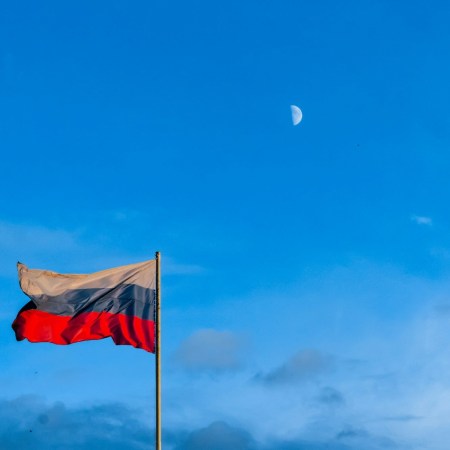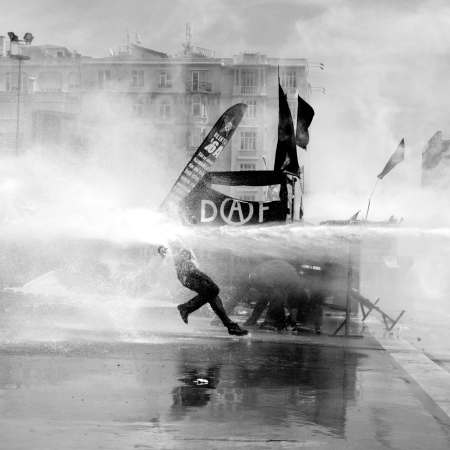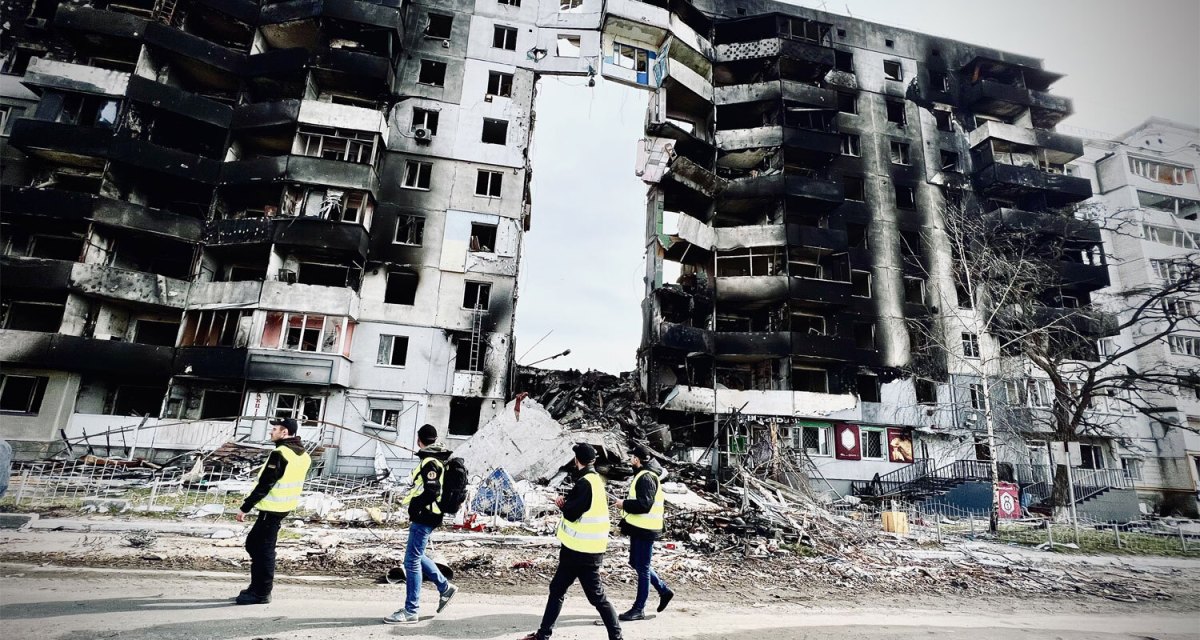
Jordan Campbell is an independent journalist and filmmaker who chronicles humanitarian stories born from conflict-affected countries and hostile environments. Campbell’s reporting has taken him to hotspots around the world including Iraq, Libya, Lebanon, Colombia and South Sudan.
“Russia’s invasion initially drew me into the conflict but the Ukrainian people and their indefatigable fighting spirit keep me coming back,” Campbell, who is making a documentary about Ukrainian resilience, tells InsideHook. He’ll be returning to the perilous Donbas region for a third time later this year, muscling a backpack stuffed with cameras, winter clothing and body armor, documenting the war through the lens of a humanitarian activist.
As the conflict grinds on for nearly 365 days – with no logical end in sight and so much at stake – we offer an intimate look at Campbell’s images from Ukraine and his raw experiences reporting on the most consequential war of the 21st century.
The Kyiv Bus Station
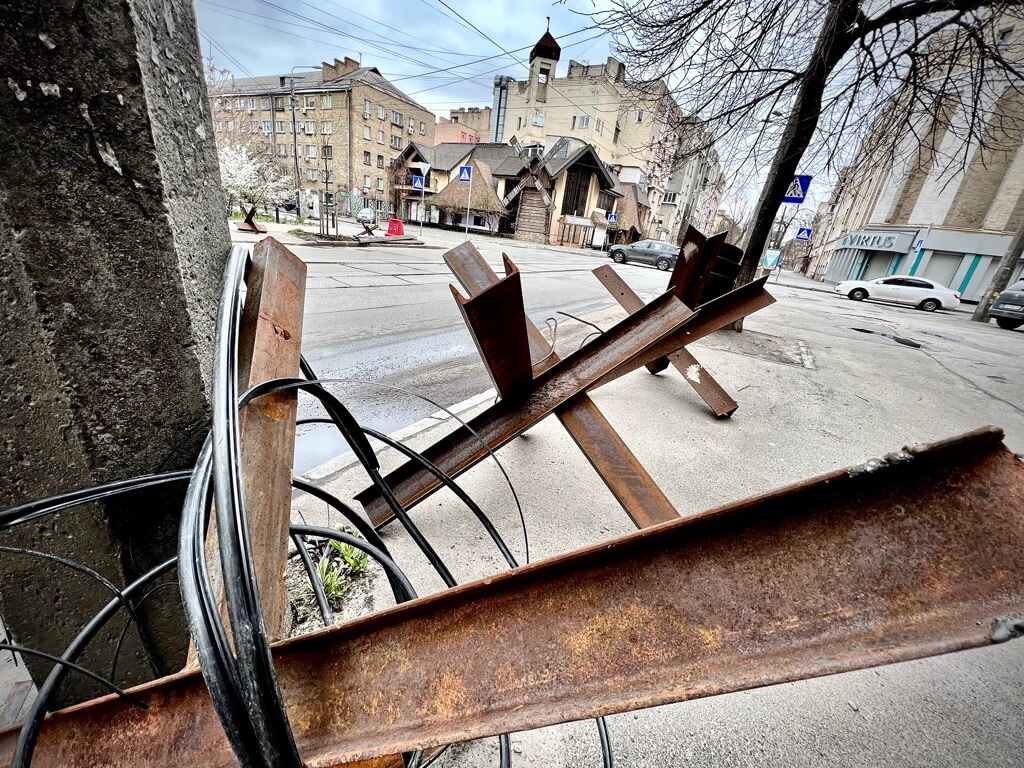
March 31, 2022 – Kyiv’s once thriving downtown bus station is now deserted and eerily post-apocalyptic. The ominous hum of air raid sirens wash over the city’s iconic buildings and monuments. I’ve just completed a grueling 23-hour bus ride from Krakow, Poland sharing the journey with a few brave Ukrainian women, hoping to reconnect with their husbands. They’re disheveled from living in freezing tent camps just over the Polish border. Their drawn faces house tombstone eyes, searching to find something familiar and safe in an unfathomable series of events that are shaping a new world order.
Sergey
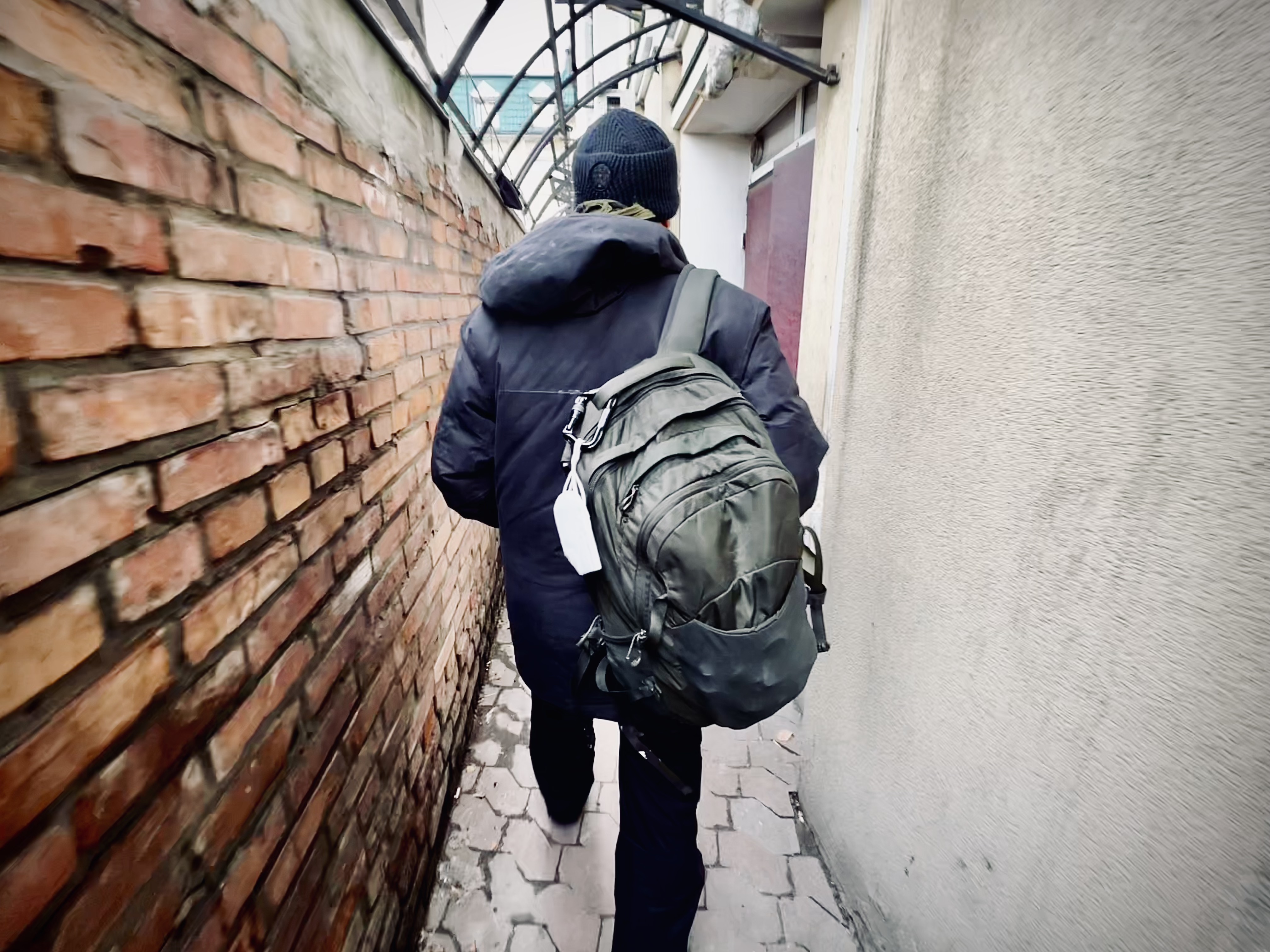
In a secret facility I finally meet “Sergey,” a shadowy American ex-pat and NATO advisor who I consulted with months before Russia’s invasion. My clandestine source, a trove of war room intel and intrigue, is constantly smoking and notably paranoid. He’s draped in a dirty black overcoat to keep out the biting cold. We’re joined by two Ukrainian soldiers, AKs swinging from their shoulders, who motion us into their sedan. They drive us throughout the city, across multiple checkpoints and into secret underground storage facilities. I’m given unprecedented access to stockpiles of battlefield medicine and other supplies — bandages, tourniquets, antibiotics and tactical clothing — all headed to the front lines of the war.
The Territorial Defense
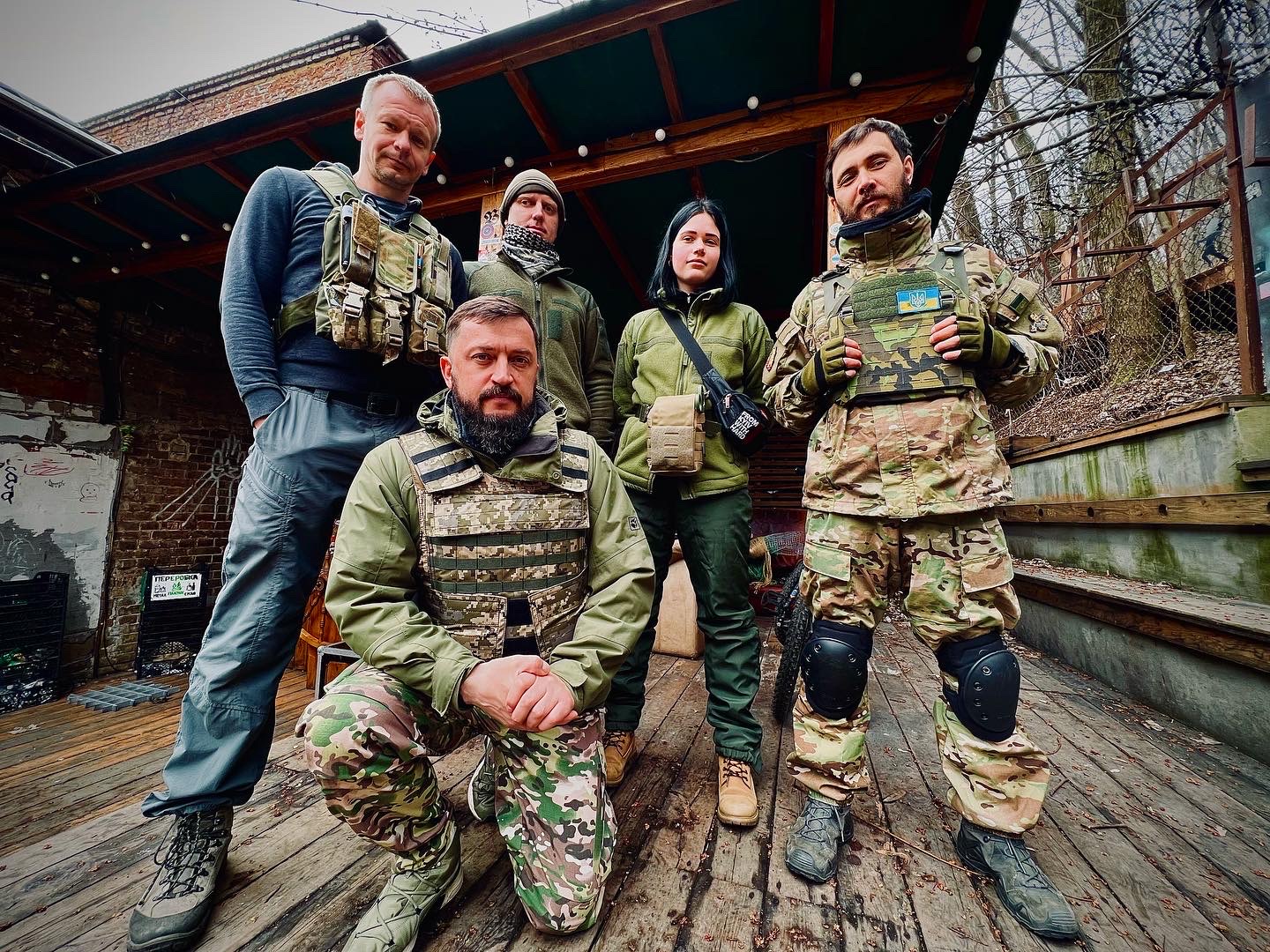
At an abandoned, secret warehouse, I’m introduced to a small brigade of Ukraine’s Territorial Defense who are teaching TCCC or Tactical Combat Casualty Care to battle-ready soldiers. The Territorial Defense is composed of everyday civilians — bartenders, professors, business leaders — who’ve been transformed into a national paramilitary force which (according to Sergey) has grown into more than 100,000 strong since the war began in the Donbas in 2014. Sergey fires up another cigarette and enlightens me, “Territorial Defense is who is winning this war.”
War Crimes
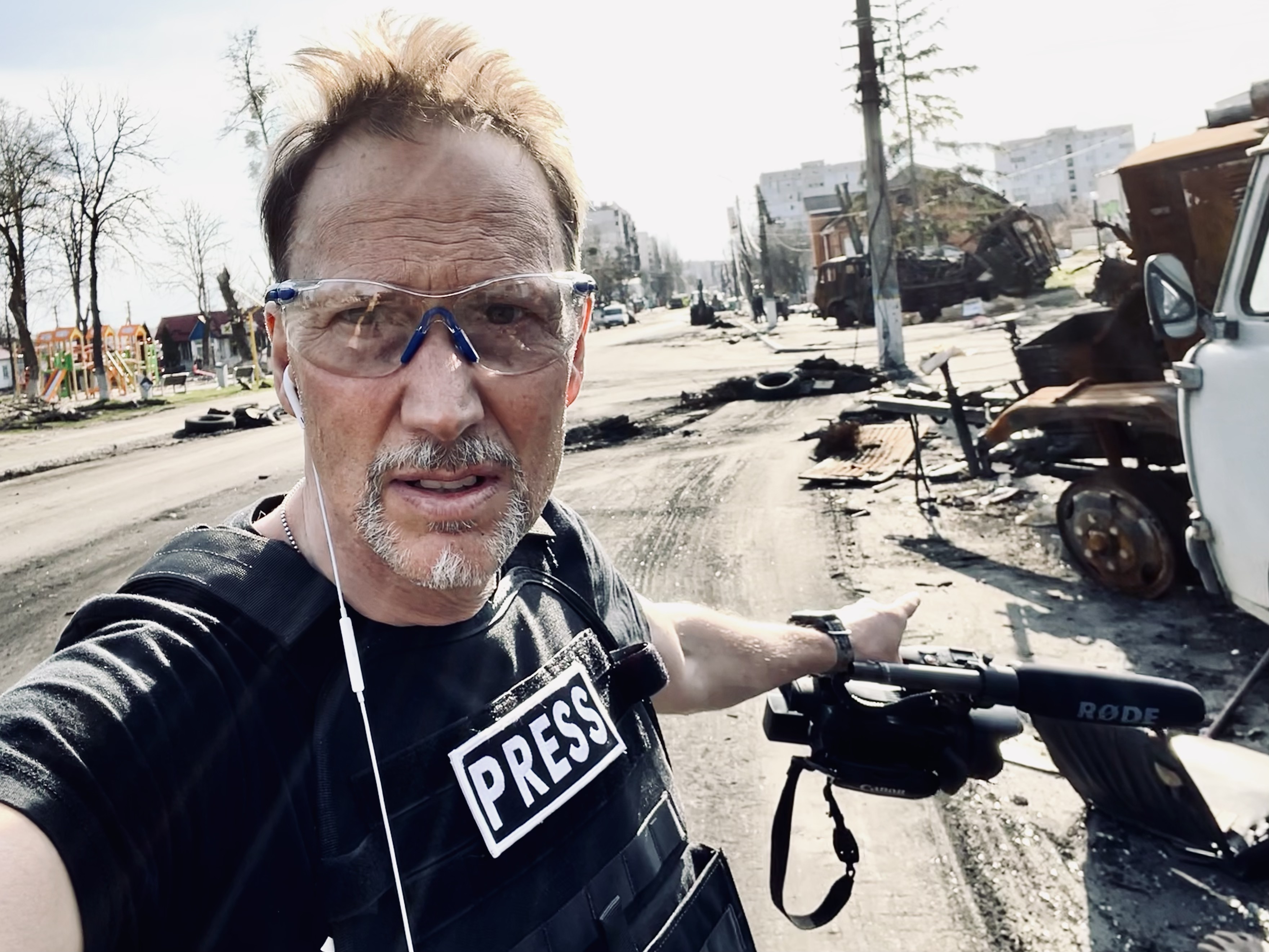
April 5, 2022 – I’m pulling on an explosive story thread: Russia’s egregious war crimes, which are already becoming well-documented. Embedded with paramedics from the U.K. and the U.S. on a mission to treat civilians, our ambulance convoy enters the recently liberated towns of Irpin, Bucha and Boriadianka. Snaking slowly between small villages and hamlets, dead bodies are in plain sight on either side of our ominous procession. Burned-out homes, businesses, cars and trucks — and countless incinerated Russian tanks — pepper the once charming country roads. A chaotic line of vehicles carrying humanitarian aid workers, global news agencies and U.N. investigators headed into the region, finally grinds to a standstill. We flip on our ambulances flashing lights and sirens, and ruefully jump to the front of the pack, deeper into the disaster and darkness.
Apocalypse in Borodianka
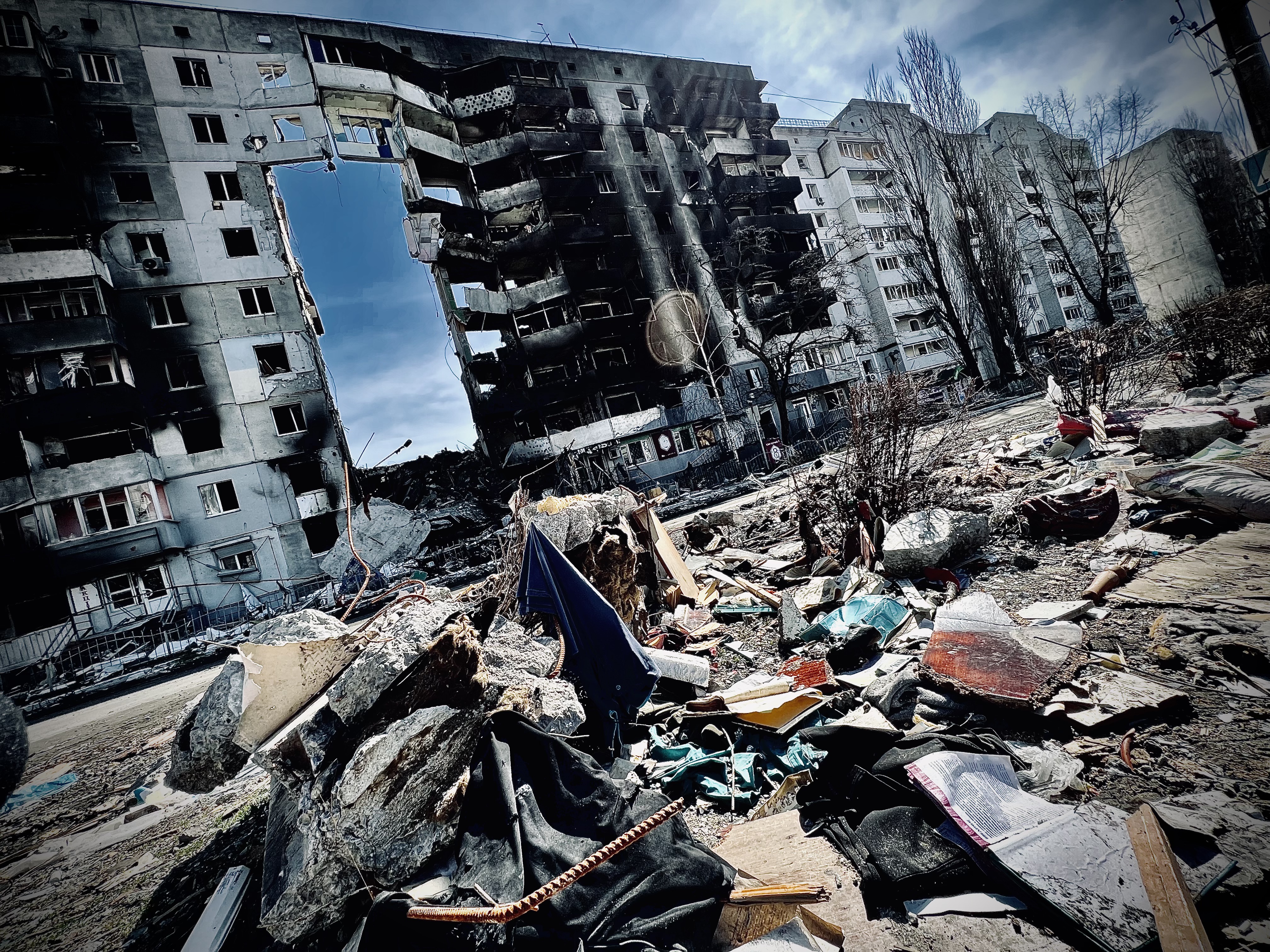
Borodianka’s downtown square is already becoming a national media centerpiece for Ukrainian resistance. Civilians who heroically stayed to fight the Russians are just starting to come out on the streets. An apartment complex which once proudly overlooked the city center has been hollowed out by a massive missile strike – just like the jaw-dropping images you’ve seen on the news. But here, reporting on the ground, the smell of death mixed with the aftermath of countless explosions wafts unpleasantly. Massive blocks of broken concrete and twisted metal are everywhere. Children’s toys, various bits of clothing and household supplies are peppered across mountains of debris that spill out into the streets.
Donbas Extraction Mission
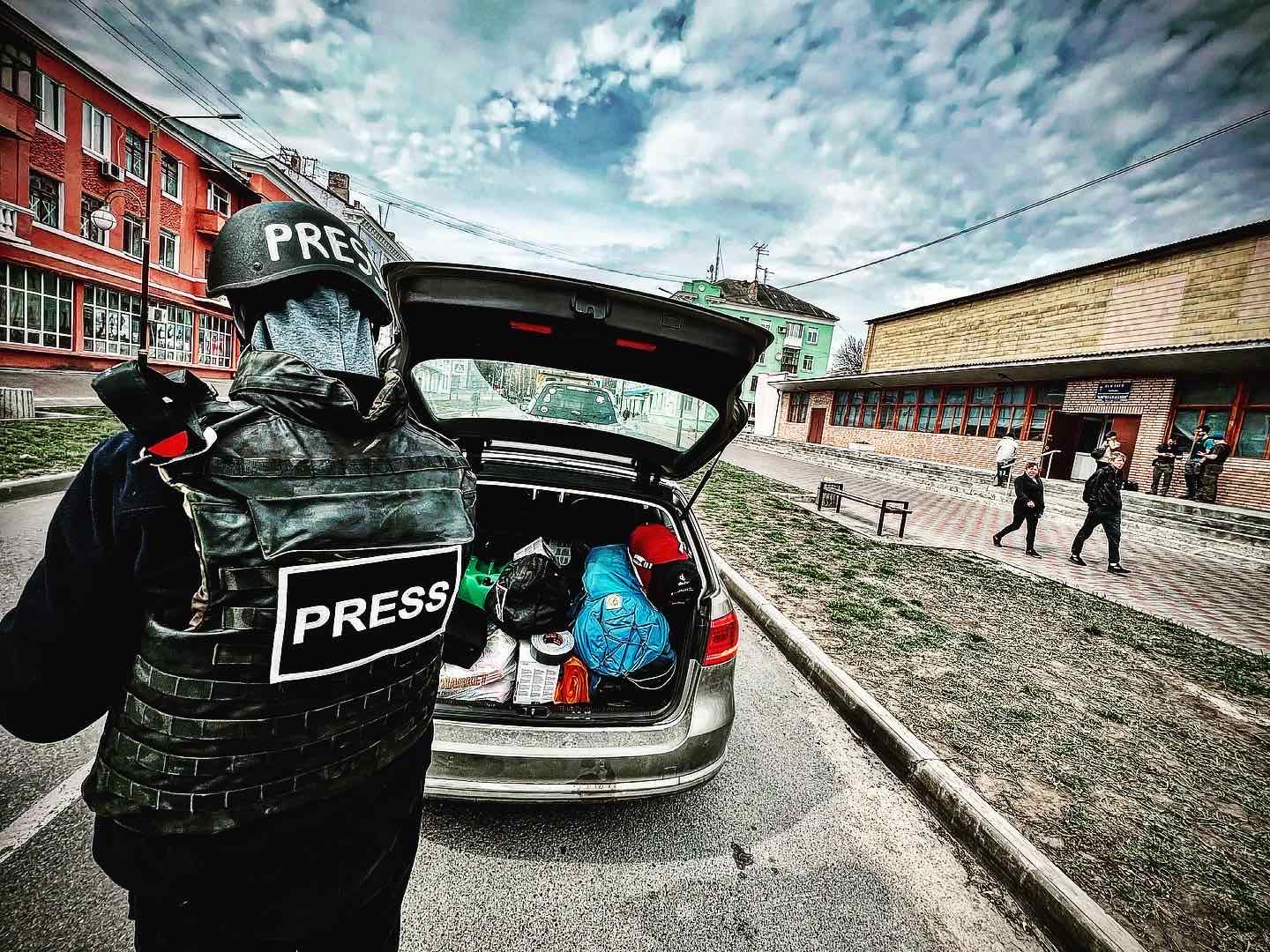
Ear-splitting air raid sirens crash down on Kramatorsk’s empty streets in Ukraine’s far east Donbas region. Russian missile strikes hit the city’s busy train terminal just two days before, killing 57 and injuring more than 100 Ukrainian citizens — more undeniable evidence of war crimes. I’m plated up and embedded with U.S.-based Global Outreach Doctors on a bold humanitarian extraction mission to relocate over 20 civilians from Sloviansk to Dnipropetrovsk. I’m joined by other journalists and UN press officers — armed only with our cameras — to capture the heroic efforts of a dauntless few.
Trauma Stabilization Point

August 27, 2022 – Under a canopy of camouflage netting we drink brackish coffees in the wilting afternoon humidity. A Ukrainian commander named Misha nonchalantly asks me, “Are you a spy?” It’s a ridiculous question, but it’s also legit. This is the far eastern edge of the Donetsk Oblast — inside a military Trauma Stabilization Point — and this undisclosed location remains a target for Russian saboteurs. We’re just three kilometers outside of the shelling perimeter and soldiers arrive regularly with severe shrapnel wounds, pulled right off the front lines. If they make it to this TSP, Ukrainian surgical teams can probably save their lives.
“Max” & the Soviet Hangover
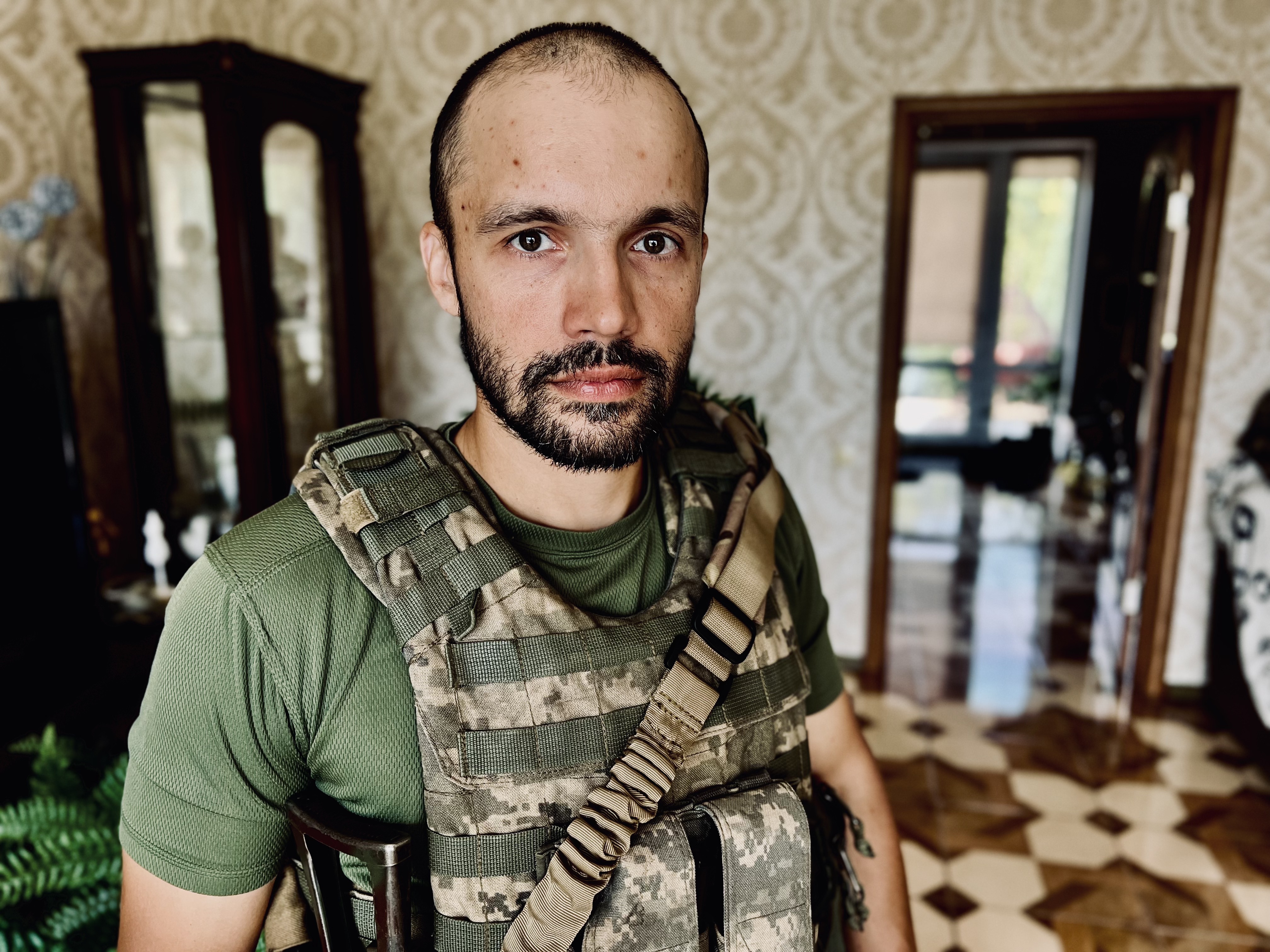
Six months into the war and the TSP medical staff can smell victory over Russia’s failing ground game. But the severely wounded soldiers coming in by the hour tell a different story. I meet “Max,” an elite fighter who’s been soldiering in the Donbas since 2014. He’s recovering from a concussion caused by an explosion. I follow him down the hospital’s blood-spilled hallways lined with other soldiers working through various life-changing injuries. This once Soviet era facility now creaks and moans with decades of neglect. Crumbling stucco walls, rotting pipes, cockroaches and foul-smelling toilets are the hallmarks of the Soviet hangover — and now an ironic home for Ukrainian resistance.

